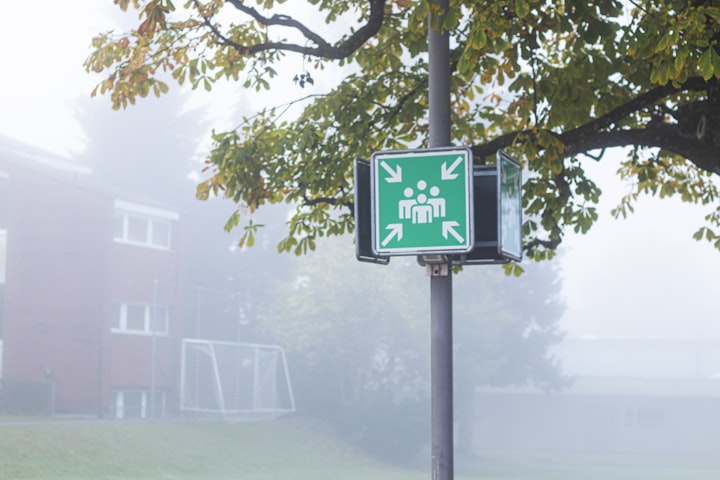Diverse clearing models "are basic since they decide the time take to shield the existences of numerous regular folks after a calamity" (Kuligowski, 2009, p. 3). Numerous researchers and scholars have dissected the significant issues related to various human practices.
The present circumstance clarifies why many specialists have not fused distinctive human practices into their clearing models. Simonovic (2011, p. 16) indicated that "each activity performed by people in a hazardous circumstance results from an interesting dynamic cycle."
This dynamic interaction has urged numerous researchers to anticipate distinctive human practices during departures. This paper examines the current writing on human trials during clearings.
The hypothesis of Human Behavior during Disasters
Inhabitants in various structures or designs will respond in a particular way after experiencing a fiasco. Individuals see clear signs before playing out specific activities. The following stage is deciphering the idea of the designated hazard or circumstance.
For the most part, this understanding relies upon the signals apparent by each person in the principal stage. The people will "at last settle on explicit choices to manage the fiasco" (Kuligowski, 2009, p. 3).
This conversation clarifies why individuals follow a remarkable interaction at whatever point settling on their choices.
Notwithstanding, some external and inward factors determine what people see or decipher at whatever point. As indicated by Fahy and Proulx (2011, p. 718), "the periods of catastrophe reaction will shift altogether relying upon the designated people, the idea of construction, and the parts of the circumstance."
For instance, the inhabitants in a structure can see various prompts relying upon the designated debacle. People can see smoke, flotsam, and jetsam or get calls from their companions.
The people in the set construction or building will assemble various contemplations inside the briefest time conceivable.
The second period of the Disaster Response Model (DRM) happens when the people decipher the apparent data (Kuligowski, 2009). The people may likewise choose to disregard the above signs. They "may likewise choose to disregard the danger in case it isn't significant" (Fahy and Proulx, 2011, p. 718).
The third stage will guarantee the people settle on suitable choices relying upon their understandings. The fourth stage will deliver a particular conduct measure.
The above stages will create a unique social interaction at whatever point there is a clearing exertion.
Another social reaction can likewise arise if the people get various thoughts and data about the catastrophe. That being the situation, people will act in a novel way after distinguishing the current risk.
The conduct of "the tenants will rely upon the way where they see the underlying data" (Simonovic, 2011, p. 64). Individuals will "likewise decipher the idea of the danger and settle on the proper choices to manage it" (Simonovic, 2011, p. 104).
Human Behaviors during Evacuation
The above conversation analyzes how people settle on clear choices after recognizing another calamity. Individuals will likewise act seriously during each pre-departure, clearing, and post-clearing measure. The primary human conduct that arises after a catastrophe is an alarm.
This type of frenzy can be outrageous conduct that perplexes the objectives of the influenced people. A few examinations have analyzed "how various people will encounter a torturing perspective subsequent to seeing a risky occasion, for example, a fear monger assault" (Fahy and Proulx, 2011, p. 719).
More examinations are required to see how people act after deciphering the introduced signals. The utilization of cell phones and phones has become typical human conduct at whatever point there is a debacle.
For example, various examinations have been directed on different human practices after September 11.
Many investigations have distinguished how various evacuees spoke with their companions and family members about the occasion. As indicated by Fahy and Proulx (2011, p. 719), "15 percent of the calls were made to various crisis divisions and administrations".
The majority of the calls were executed during the pre-departure stage. This conduct is normal because numerous people will consistently illuminate their family members after a fiasco happens. Multiple people will, in general, speak with others to get the best help.
Be that as it may, numerous specialists have recognized the risks related to the training (Okaya, Takahashi, and Southern, 2013). For example, the activity can influence the adequacy of each departure cycle. Numerous tenants use phones without understanding the size of the designated occasion or fiasco.
About the Creator
Aditya Gupta
Checkout all my social links at: https://linktr.ee/itsrealaditya
Founder @HakinCodes | Entrepreneur, Ardent Writer, Psychology Nerd







Comments
There are no comments for this story
Be the first to respond and start the conversation.